#soninke
Explore tagged Tumblr posts
Text

Soninke woman, Mauritania, by penndaaba
#soninke#mauritania#africa#north africa#folk clothing#traditional clothing#traditional fashion#cultural clothing
484 notes
·
View notes
Text

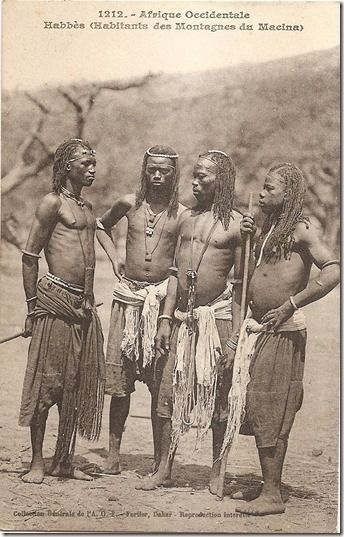
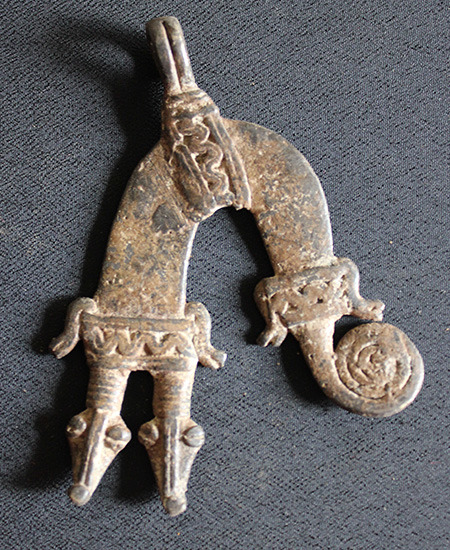



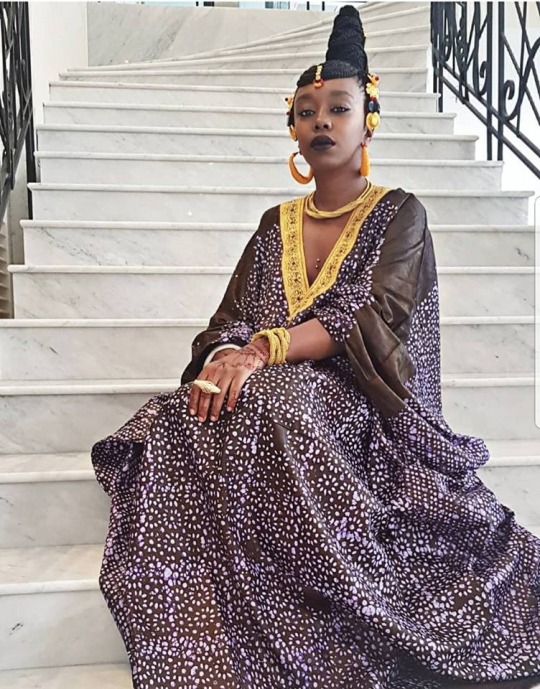


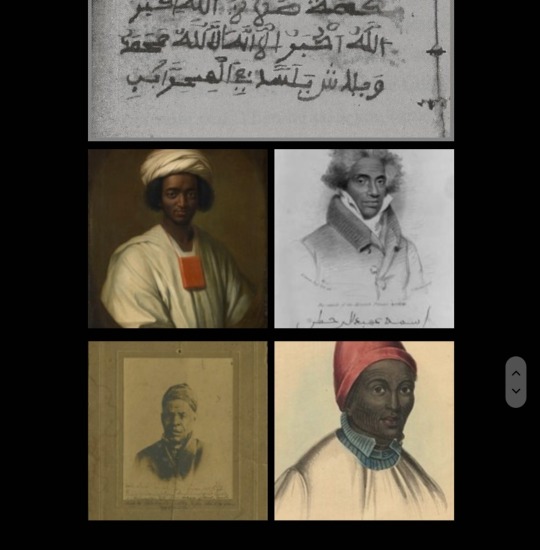
#sahel#sahelcore#mali#burkina faso#bambara#soninke#wolof#dogon#dogon door#Lobi#sahel aesthetic#senegal#fulbe#boubou#coiffure#west africa#the western sudan#l'afrique occidentale
61 notes
·
View notes
Text


Summore of Alifa! I write it like this to mimic Times New Roman & That underrated Wikipedia header font. Really love this look. It gives it a dravidian flare I CANNOT get over.
7 notes
·
View notes
Text

Soninke woman from Mali
French vintage postcard, photographed by Fortier, mailed in 1916
#historic#briefkaart#woman#postkaart#carte postale#ephemera#photographed#tarjeta#photo#postcard#postal#mailed#mali#postkarte#ansichtskarte#french#soninke#1916#sepia#photography#vintage#fortier
6 notes
·
View notes
Text
This compilation album offers an immersive journey through the innovative productions of Gaye Mody Camara across almost 30 years. Blending traditional West African instrumentation and vocals with various styles creates a hypnotic soundscape that pays homage to the past while pushing genre boundaries.
2 notes
·
View notes
Text

Bringing this old meme back
Thinking about them...
#not art#meme#sonic the hedgehog#legend of zelda#oot link#ocarina of time#link#sonlink#sonink#sonicxlink#linkxsonic#turning red#turning red meme
29 notes
·
View notes
Text
Exploring the Rich History of the Soninke People in Mali
Unveiling the Fascinating Soninke People of West Africa The Soninke people are an ethnic group with a rich cultural heritage deeply intertwined with the history of West Africa. This article delves into the fascinating world of the Soninke, exploring their origins, traditions, and the significant impact they had on the development of empires in the region. Whether you’re a history buff, an…
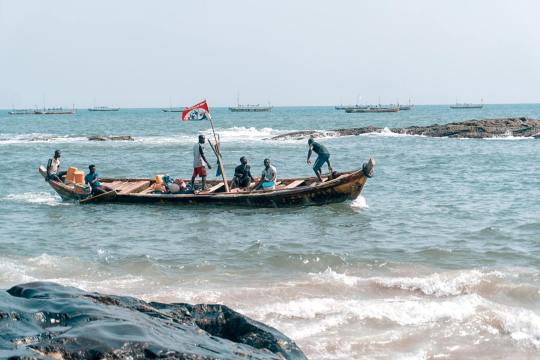
View On WordPress
#Cultural Diversity#Cultural Heritage#Cultural Influences#Cultural Tapestry#Ethnic Groups#Ghana Empire#Historical Significance#inclusivity#Interpretation Services#Language Access#Language Services#LanguageXS#Mande Language#Soninke Diaspora#Soninke Language#Soninke People#West Africa#West African Traditions
2 notes
·
View notes
Text
Soninké traditional dance.
The goal is to land on the same spot.
4 notes
·
View notes
Text
Chinguetti: A Medieval Trading Center on the Edge of the Desert
Chinguetti, a captivating medieval trading center nestled on the Adrar Plateau in northern Mauritania, holds a rich history that dates back to the 13th century. This remarkable city, also known as a ksar, served as the hub for a network of trans-Saharan trade routes, playing a pivotal role in facilitating trade and cultural exchange in the region. Even today, Chinguetti continues to draw a modest…
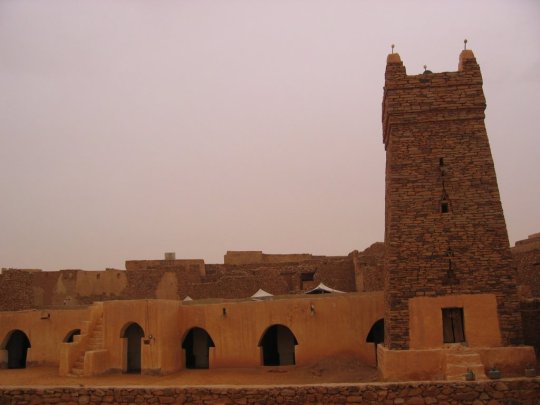
View On WordPress
#African History#African-Saharan ethnic groups#Amazigh history#Azayr#Berber history#Chinguetti#North African History#Soninke history#West African history
1 note
·
View note
Text

sonink adventure 2
#splatoon#splatoon 2#splatoon 3#splatoon art#squid sisters#callie cuttlefish#callie splatoon#marie cuttlefish#marie splatoon#amy rose#rouge the bat#sonic#sonic the hedgehog#sonic fanart
482 notes
·
View notes
Text
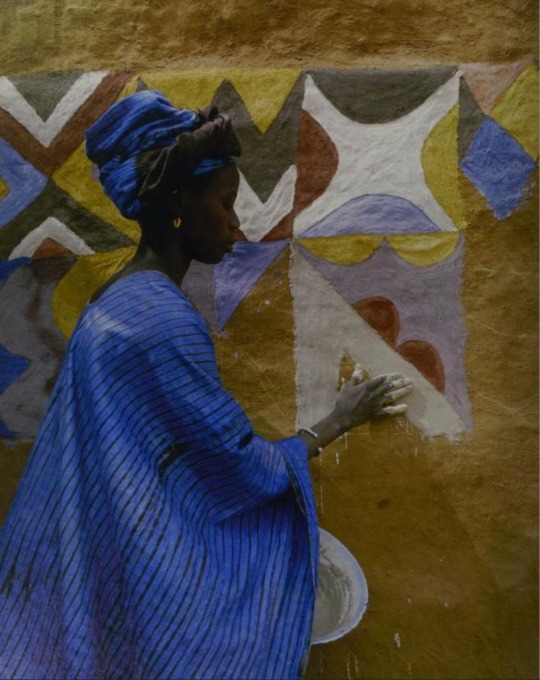
“A Soninke woman uses her fingers to paint patterns on the wall of her house in Diajibinni, Mauritania.”
From: “Mauritania” by Blauer, Ettagale; 2009.
366 notes
·
View notes
Text
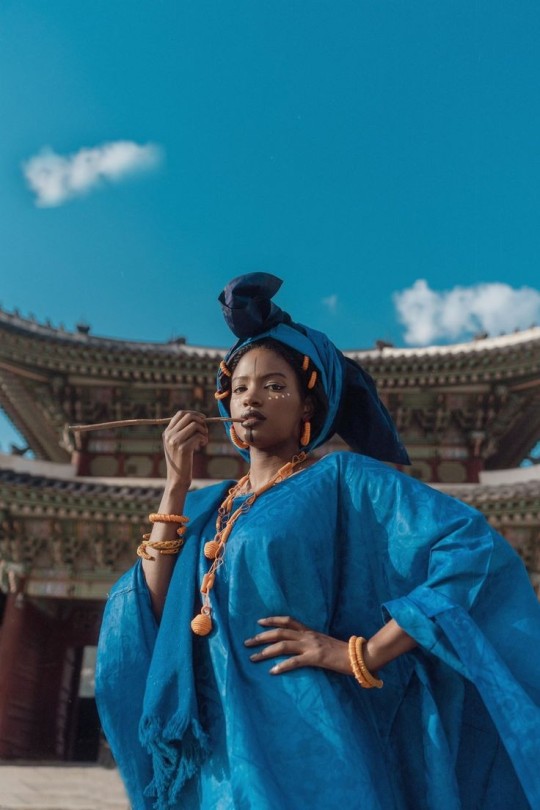


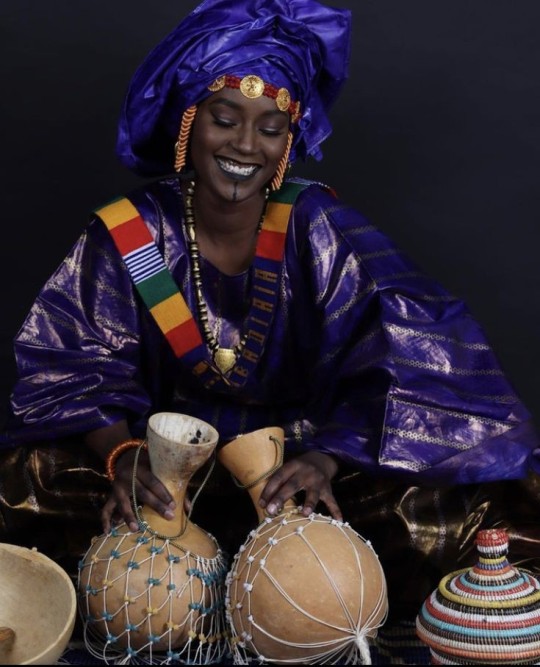
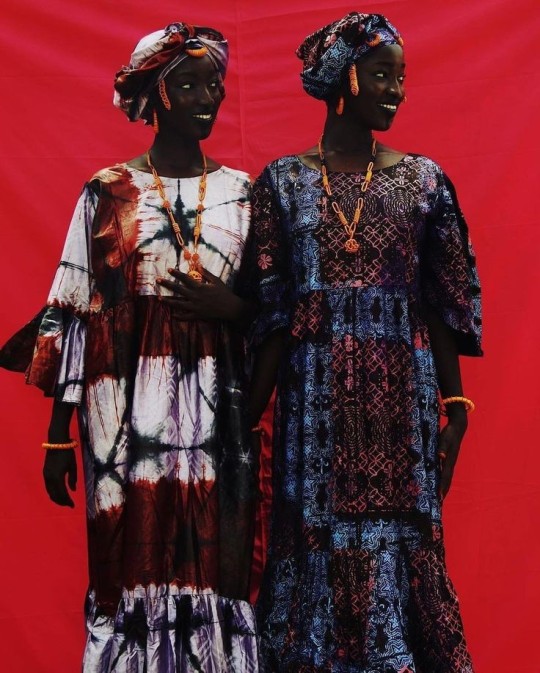
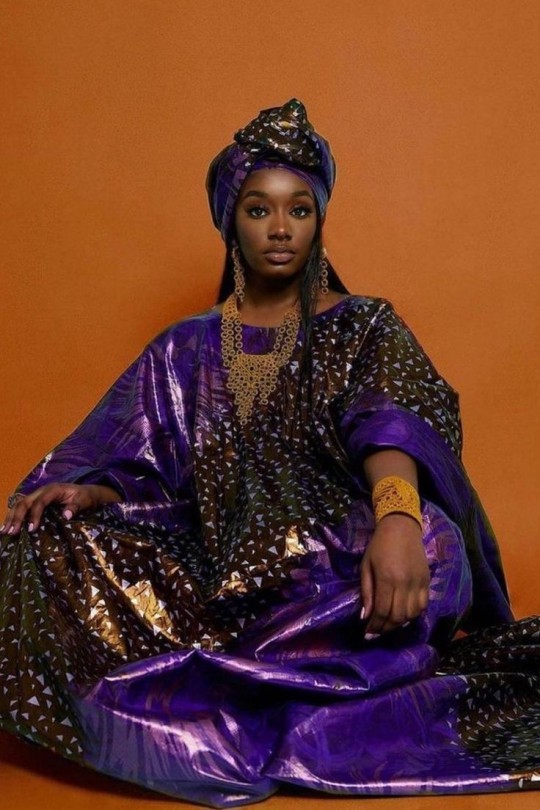
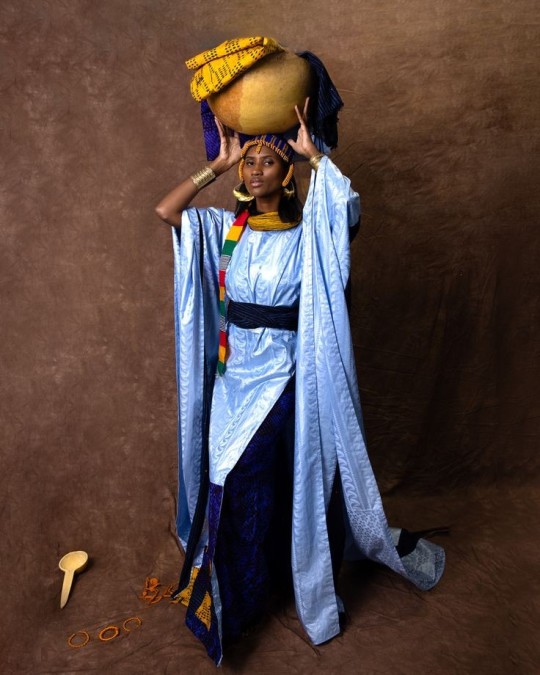



Soninke
#soninke#soninke women#sahelcore#sahel#traditional african clothing#mboubou#boubou#mbub#senegal#mali#wolof#african beauty
22 notes
·
View notes
Text

Made this to help me with reading Alifa. Obsessed with color combo here.
7 notes
·
View notes
Text
We talk about the Kingdom of Ghana, also called the Wagadou Empire, the first known empire in Western Sudan, founded by the Soninke people. It was ruled through a matrilineal system.
17 notes
·
View notes
Note
hi cat and mouse! could i please get some recs for dark skinned black women? preferably 30 and under? tysm <3
Nyma Tang (1991) South Sudanese.
Denée Benton (1991) African-American - has spoken up for Palestine!
Linda Osifo (1991) Edo Nigerian.
Ashlei Sharpe Chestnut (1992) African-American.
Nyakim Gatwech (1993) South Sudanese.
Little Simz (1994) Yoruba Nigerian - has spoken up for Palestine!
Moonbear (1994) African-American - is queer.
Keeya King (1994) Black Canadian.
Duckie Thot (1995) South Sudanese.
Ryan Destiny (1995) African-American, 1/4 Irish.
Mouna Traoré (1995) Afro Haitian and Malian.
Zuri Reed (1996) African-American.
Assa Sylla (1996) Soninke Mauritanian.
Khoudia Diop (1996) Senegalese.
Ariish Wol (1996) South Sudanese.
Vivian Oparah (1996) Nigerian.
Joy Sunday (1996) Nigerian.
Precious Mustapha (1997) Nigerian.
Anok Yai (1997) South Sudanese.
Nia Sondaya (1997) African-American.
Yandeh Sallah (1998) Black Swedish.
Aweng Chuol (1998) South Sudanese.
Lovie Simone (1998) Ghanaian / African-American.
Coco Jones (1998) African-American.
Laura Kariuki (1998) Kenyan.
Adut Akech (1999) South Sudanese.
Nyadollie (2000) Sudanese.
Hope this helps, anon!
29 notes
·
View notes
Text

Blues has evolved from the unaccompanied vocal music and oral traditions of slaves imported from West Africa and rural Africans into a wide variety of styles and subgenres, with regional variations across the United States. Although blues (as it is now known) can be seen as a musical style based on both European harmonic structure and the African call-and-response tradition that transformed into an interplay of voice and guitar, the blues form itself bears no resemblance to the melodic styles of the West African griots. Additionally, there are theories that the four-beats-per-measure structure of the blues might have its origins in the Native American tradition of pow wow drumming. Some scholars identify strong influences on the blues from the melodic structures of certain West African musical styles of the savanna and sahel. Lucy Durran finds similarities with the melodies of the Bambara people, and to a lesser degree, the Soninke people and Wolof people, but not as much of the Mandinka people. Gerard Kubik finds similarities to the melodic styles of both the west African savanna and central Africa, both of which were sources of enslaved people.

No specific African musical form can be identified as the single direct ancestor of the blues. However the call-and-response format can be traced back to the music of Africa. That blue notes predate their use in blues and have an African origin is attested to by "A Negro Love Song", by the English composer Samuel Coleridge-Taylor, from his African Suite for Piano, written in 1898, which contains blue third and seventh notes.

The Diddley bow (a homemade one-stringed instrument found in parts of the American South sometimes referred to as a jitterbug or a one-string in the early twentieth century) and the banjo are African-derived instruments that may have helped in the transfer of African performance techniques into the early blues instrumental vocabulary. The banjo seems to be directly imported from West African music. It is similar to the musical instrument that griots and other Africans such as the Igbo played (called halam or akonting by African peoples such as the Wolof, Fula and Mandinka). However, in the 1920s, when country blues began to be recorded, the use of the banjo in blues music was quite marginal and limited to individuals such as Papa Charlie Jackson and later Gus Cannon.
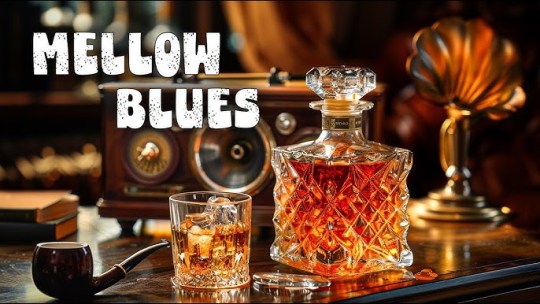
Blues music also adopted elements from the "Ethiopian airs", minstrel shows and Negro spirituals, including instrumental and harmonic accompaniment. The style also was closely related to ragtime, which developed at about the same time, though the blues better preserved "the original melodic patterns of African music"

#african#igbo#afrakan#kemetic dreams#brownskin#africans#afrakans#african culture#brown skin#igbo culture#igbos#nigeria#igboland#Ethiopian airs#African music#Negro spirituals#wolof#fula#mandinka#banjo#african instruments#halam#akonting#jitterbug#Papa Charlie Jackson#ragtime#harmonic structure#harmony#afrakan spirituality#Bambara people
30 notes
·
View notes